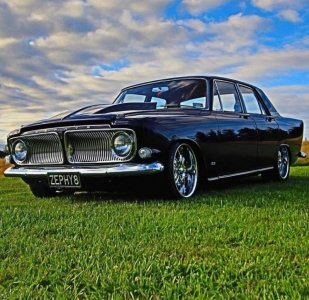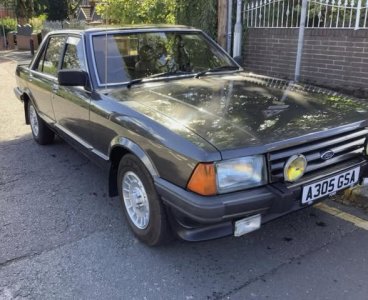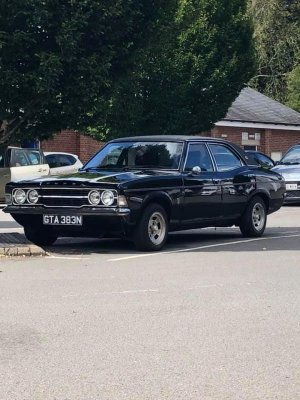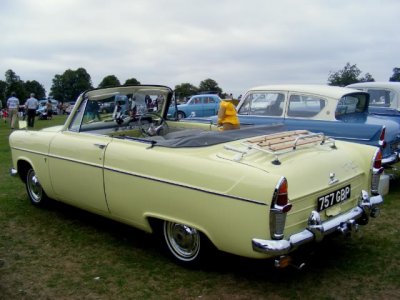You are using an out of date browser. It may not display this or other websites correctly.
You should upgrade or use an alternative browser.
You should upgrade or use an alternative browser.
Interesting cars from the past.
- Thread starter TennVet
- Start date
Magna-Carta
Senior Member
- Location
- UK
What a surprise to see this.
1971 Dodge Dart 360 Swinger. Parked in a local supermarket car park in the UK. Needless to say, when I later got home, I jumped on the interweb and read all about it.
I then checked the tax.gov.uk website, which says this actual car was first registered in Texas in January 1971. Then imported to the UK in 2019 and given a new registration plate.
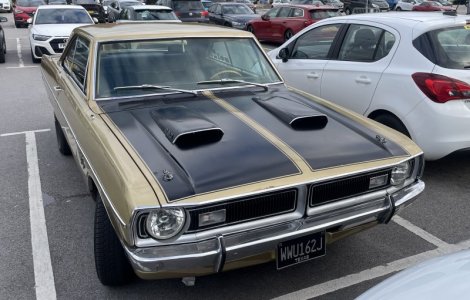
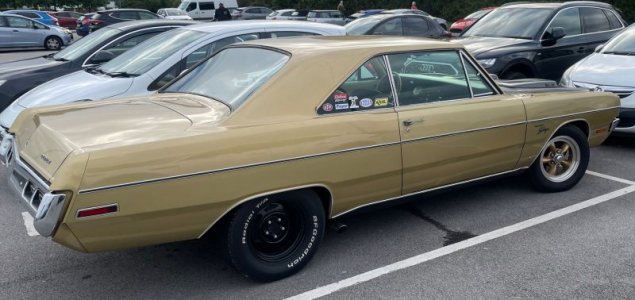
1971 Dodge Dart 360 Swinger. Parked in a local supermarket car park in the UK. Needless to say, when I later got home, I jumped on the interweb and read all about it.
I then checked the tax.gov.uk website, which says this actual car was first registered in Texas in January 1971. Then imported to the UK in 2019 and given a new registration plate.


Last edited:
horseless carriage
Well-known Member
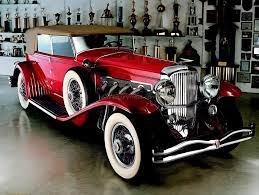
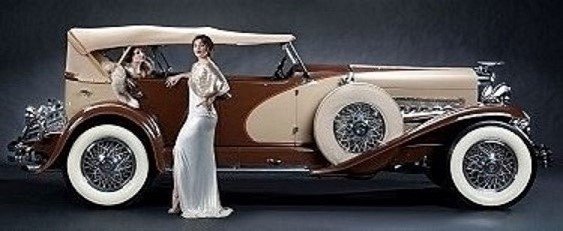
Few cars represent luxury, performance, and prestige quite like the Duesenberg. Built in the United States during the 1920's and 30's, these cars were famous for their opulence and advanced engineering. The Duesenberg name became a symbol of success and sophistication. Their famous motto, 'It’s a Duesy,' entered popular culture, meaning: 'the best of the best. 'Powered by a remarkable straight-eight engine, Duesenbergs weren’t just elegant, they were fast, competing with the speed of racing cars of the time.
Hollywood stars were proud owners as seen in this photo of Gary Cooper alongside his Duesenberg.
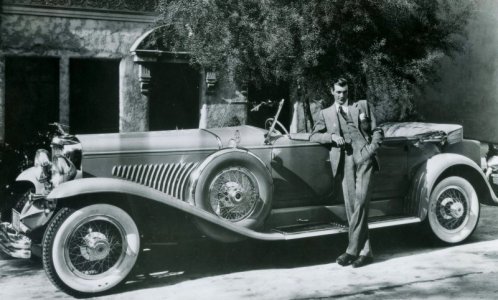
hollydolly
SF VIP
- Location
- London England
Imogene
Senior Member
- Location
- Middle Tennessee
I Have been an adoring fan of the ‘49 Mercury Led Sleds since I was old enough to spell Mercury. I can’t say why I have just always had an attraction to them.
They seem to hold a certain aura of mystery to them. I prefer to see them in dark gray primer rather than shiny expensive paint jobs. The dark primer seems to add to their mystique .
This is the story on this Mercury. The article is 13 years old, he may not even own this car by now.
1949 Mercury Coupe owned by Buddy Rice
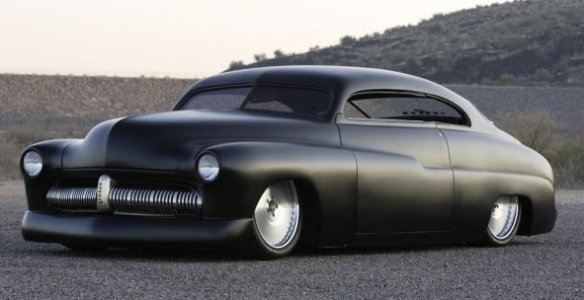
They seem to hold a certain aura of mystery to them. I prefer to see them in dark gray primer rather than shiny expensive paint jobs. The dark primer seems to add to their mystique .
This is the story on this Mercury. The article is 13 years old, he may not even own this car by now.
1949 Mercury Coupe owned by Buddy Rice




